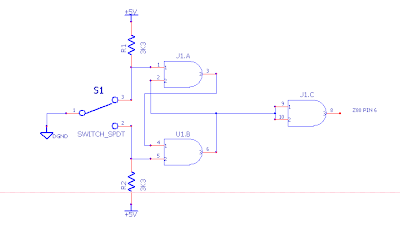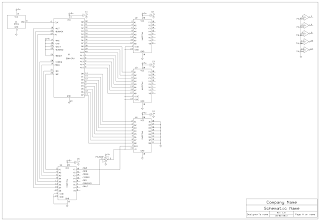Forward To The Past - 6
How are we going to power this thing? To start with, I have been using a bench power supply. This is a very nice device, but not a good long-term solution. When the project is finished, I will most likely use a Jaycar MP3486 5V regulated plugpack . These devices retail for around $A20 I don't think it's worth even designing a power supply. We need only a single 5V rail and this supply has a 1.5A capacity which should be sufficient. If it's not enough, there is the MP3480 with a 3A rating. You might need to be a little forceful to use the latter with a breadboard however, because of the wire gauge.


